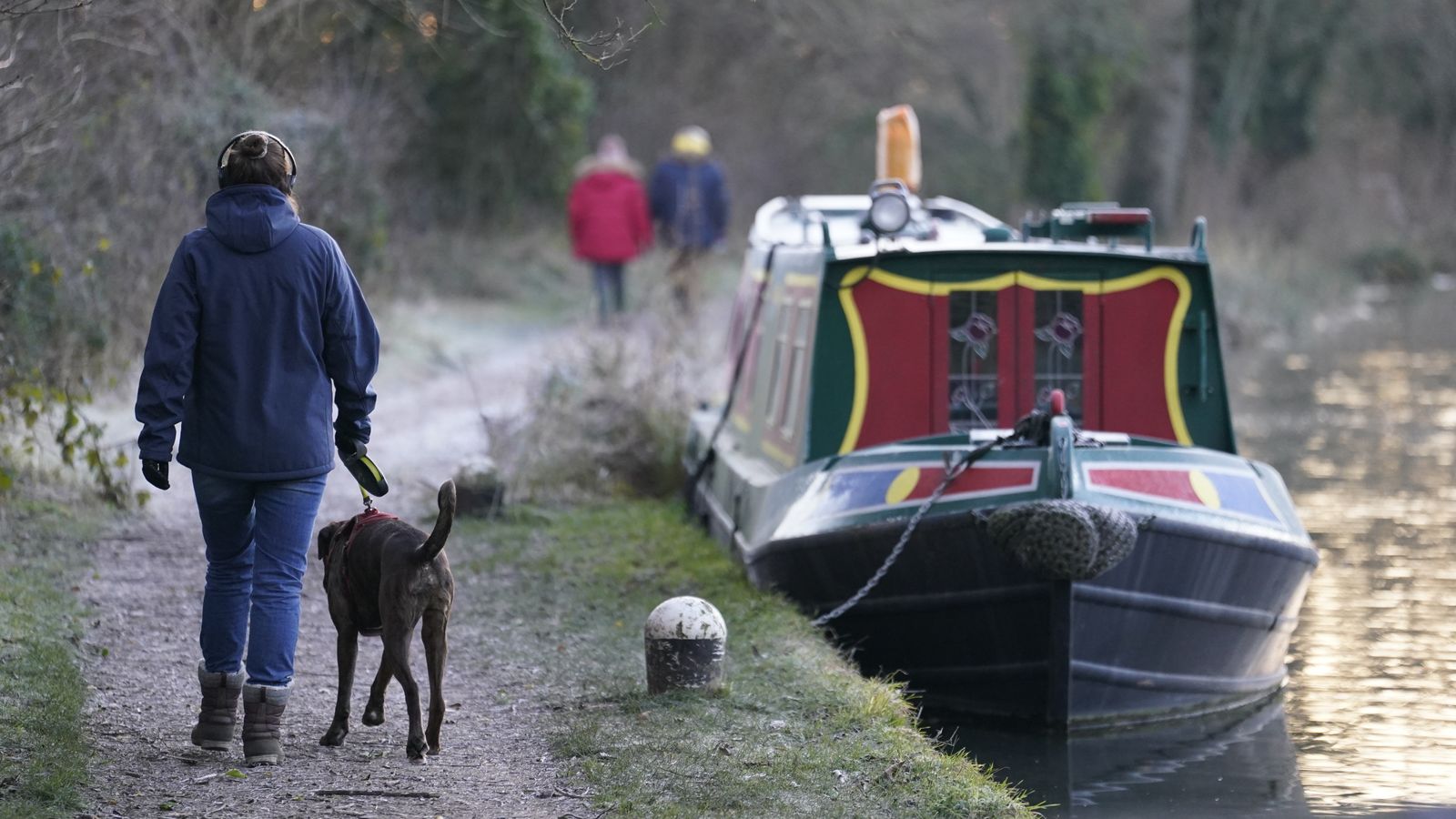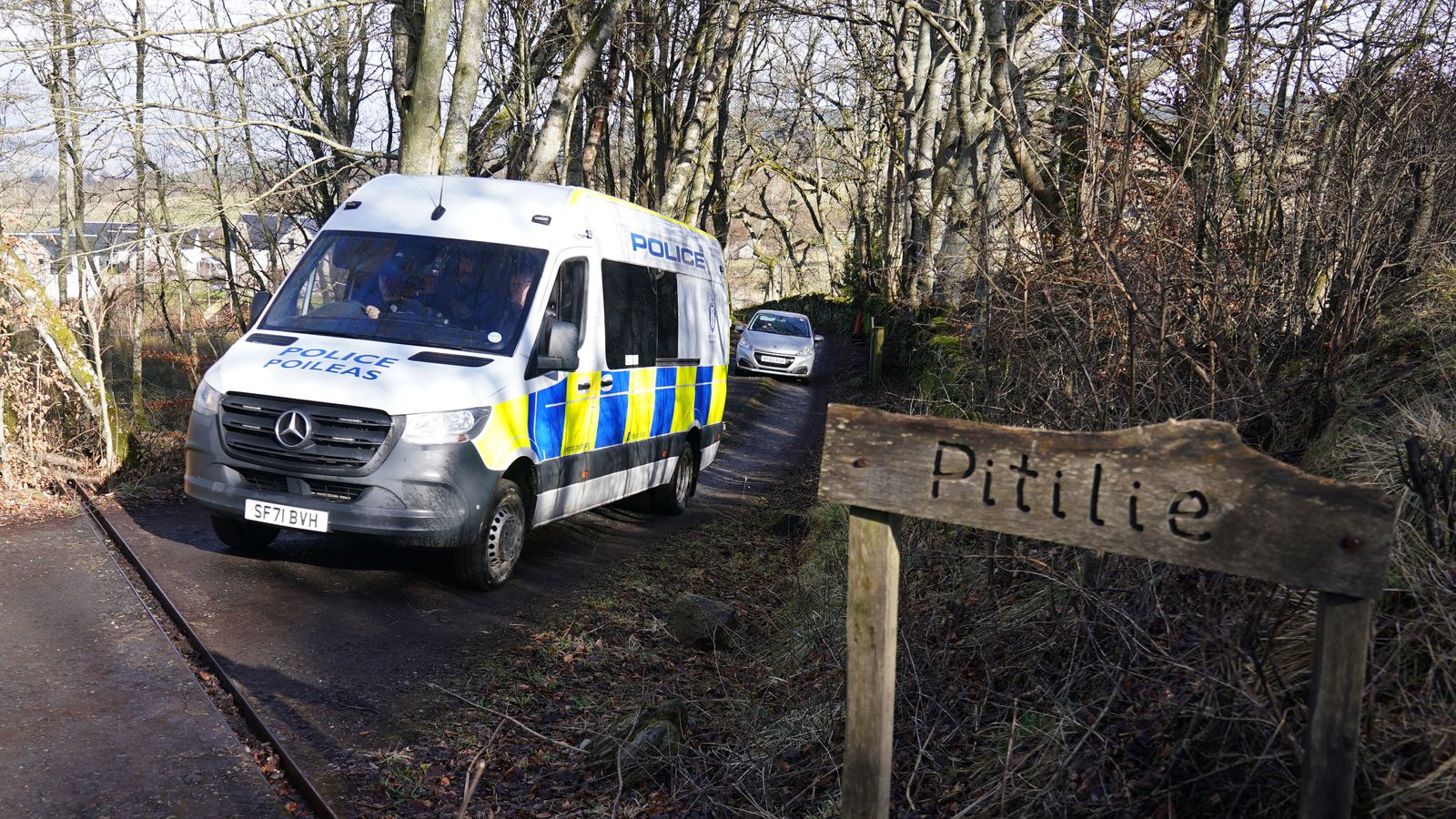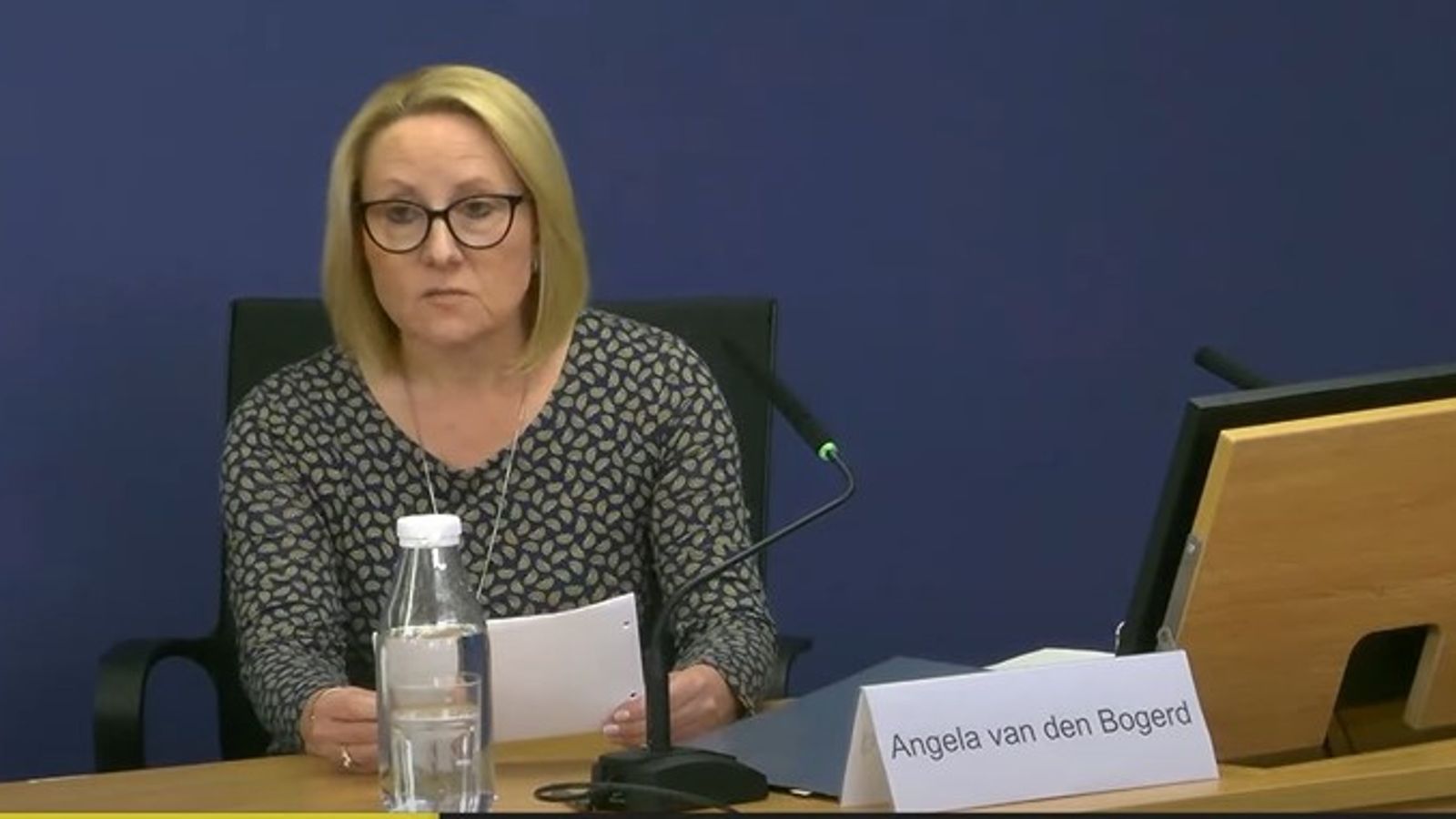
A hospital where a five-year-old died with Strep A is to launch a care review after claims from her family that she was taken to A&E three times before being admitted to intensive care.
Stella-Lilly McCorkindale became the ninth child to die from the infection on 5 December after being admitted to the Royal Belfast Hospital.
Her family claim they had taken Stella-Lilly to A&E on two consecutive days before she was admitted to hospital on the third visit.
A spokesperson for the hospital told Sky News that it was reviewing the care provided to Stella-Lilly.
“Every aspect of the care Stella-Lilly received is being carefully reviewed,” a Belfast Trust spokesperson said.
“The death of a child is a heart-breaking event for family and friends and in such tragic circumstances, we give the family space to grieve.
“Hospital management will be available to meet Stella-Lilly’s family at a time that suits them.”
The spokesperson added: “Our thoughts are with them at this incredibly sad time.”
It comes after Stella-Lilly’s father, Robert McCorkindale, told the Mirror that his daughter should have been tested for the infection earlier.
He told the paper: “I think she would have had two extra days of fighting.
“They should have tested her for Strep A on the Monday [28 November], by the time they induced her Stella had given up.”
He said he had first taken his daughter to A&E on 28 November after she started feeling unwell with a cold and temperature.
Mr McCorkindale claims he was told Stella-Lilly was suffering from a viral infection and needed to drink Lucozade for rehydration.
He said he returned the next day, when doctors helped rehydrate Stella-Lilly, but did not carry out tests.
Mr McCorkindale said it was on their third trip to the hospital, on November 30, that doctors tested his daughter and found she had Strep A.
He told the Mirror that he believed her treatment was “disgraceful” up until that point, but praised doctors in the intensive care unit who he said had “bent over backwards” to try and save his daughter.
Read more:
Strep A: Find out how many severe infections and scarlet fever cases are in your area
Strep A: Health secretary insists there’s a ‘good supply’ of penicillin
Mr McCorkindale also paid tribute to his daughter in a social media post, writing: “We loved every minute together walking this road on our scooter rides or bikes rides, to shopping in Iceland, to living beside the (best) neighbors that ever walked this earth.
“From every business we were in, to any bad bad booze place we passed, every time I looked up if someone didn’t tell me how cute we were then you had big smiles for us.”
Strep A is usually mild and is treated easily with the antibiotic amoxicillin.
However, an invasive form of the bacteria known as iGAS has increased this year – particularly in those under the age of 10.
Deaths from children who have contracted Strep A have been reported in Hampshire, London, Buckinghamshire, Surrey and Penarth in Wales.
Illnesses caused by the Group A strep bacteria include skin infection impetigo, scarlet fever and strep throat.
There has been a big leap in the number of scarlet fever cases.
There were 861 cases reported during the week ending 27 November, according to the latest UKHSA figures, compared to an average of 186 for the same timeframe in previous years.
Click to subscribe to the Sky News Daily wherever you get your podcasts
The figure was slightly down on the previous week’s 901 cases, but the figure for the first 47 weeks of 2022 is already 10 times higher than the same period for 2021.
The number of cases of the more serious invasive group A streptococcal disease (iGAS) in England and Wales in the week ending 27 November was eight.
Symptoms of scarlet fever include sore throat, headache and fever, along with a fine, pinkish or red body rash with a “sandpapery” feel.
On darker skin, the rash can be harder to see but will still be “sandpapery”.










